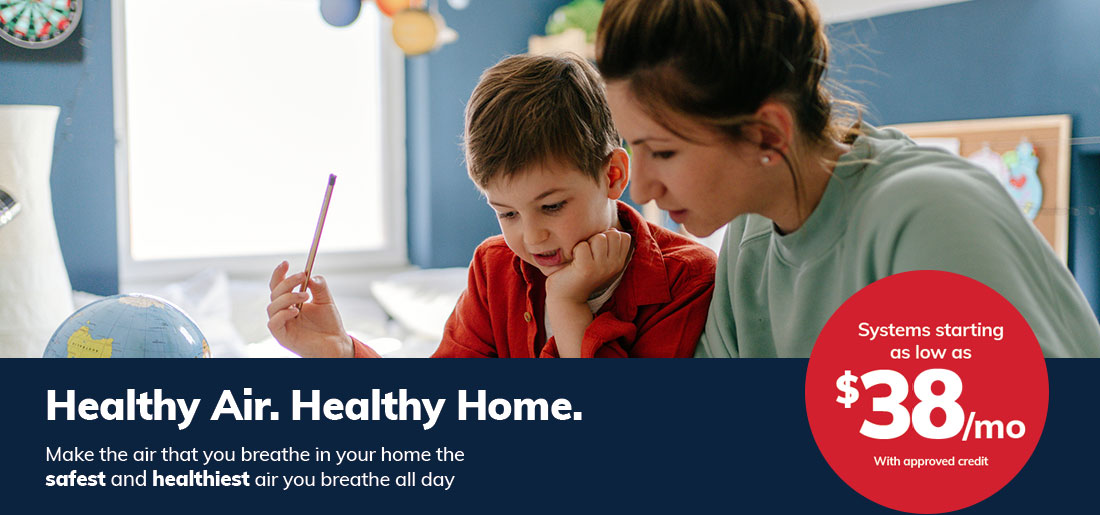
Introduction
A Healthful Air System is a transformative solution for indoor environments, designed to enhance overall well-being by improving air quality. In this article, we explore the significance of a Healthful Air System and its impact on creating a healthier living and working atmosphere.
Understanding Indoor Air Quality
Indoor air quality plays a crucial role in the health and comfort of individuals. Poor air quality can lead to various respiratory issues and allergies. A Healthful Air System addresses these concerns by actively working to purify and circulate air, providing occupants with clean and fresh indoor air.
Advanced Filtration Technologies
A key feature of a Healthful Air System is its utilization of advanced filtration technologies. High-efficiency particulate air (HEPA) filters, activated carbon filters, and sometimes UV-C light technology are integrated to capture and neutralize a wide range of airborne particles, allergens, and pollutants. These technologies work synergistically to ensure the air is thoroughly purified.
Removing Allergens and Particulate Matter
One of the primary benefits of a Healthful Air System is its ability to remove allergens and particulate matter from the air. Allergens like pollen, pet dander, and dust can trigger allergies and respiratory issues. The advanced filtration systems of these systems effectively capture and eliminate these particles, contributing to a healthier indoor environment.
Neutralizing Odors for a Fresh Atmosphere
Beyond allergen removal, Healthful Air Systems excel at neutralizing odors. Activated carbon filters within the system effectively absorb and eliminate unpleasant smells from cooking, pets, or other sources. This feature not only enhances indoor air quality but also contributes to a more pleasant and fresh atmosphere.
Humidity Control for Comfort and Health
Maintaining optimal humidity levels is crucial for indoor comfort and health. Healthful Air Systems often include humidity control features, preventing the growth of mold and mildew while ensuring that the air is neither too dry nor too humid. This contributes to a comfortable and healthy indoor environment.
Smart Controls for Enhanced Efficiency
Many Healthful Air Systems come equipped with smart controls, allowing users to monitor and adjust air quality in real-time. Integration with smart home systems, Wi-Fi connectivity, and customizable settings enhance user experience and overall system efficiency. This level of control ensures that the system operates at its optimal capacity.
Energy-Efficient Design and Sustainability
Healthful Air Systems are designed with energy efficiency and sustainability in mind. Employing energy-efficient components and eco-friendly materials, these systems provide a balance between high-performance air purification and reduced environmental impact. Users can enjoy the benefits of clean air without compromising on sustainability.
User-Friendly Operation and Maintenance
Ease of use is a significant consideration in Healthful Air Systems. User-friendly control panels, filter replacement indicators, and straightforward maintenance procedures ensure that individuals can effectively operate and maintain their systems without unnecessary complexity. This accessibility encourages regular use and upkeep.
Improving Respiratory Health and Well-being
The overall impact of a Healthful Air System is improved respiratory health and well-being for occupants. By reducing allergens, pollutants, and odors, these systems create an environment that supports respiratory function, enhances sleep quality, and contributes to an overall sense of comfort and wellness.
Exploring Resources for Healthful Air Systems
For those interested in exploring options for Healthful Air Systems and making informed decisions for their living or working spaces, Healthful Air System offers valuable information and resources. This platform serves as a guide for individuals committed to enhancing indoor well-being through advanced air purification.
Conclusion
In conclusion, a Healthful Air System is a vital component for creating a healthier indoor environment. By incorporating advanced filtration technologies, removing allergens and particulate matter, neutralizing odors, controlling humidity, implementing smart controls, prioritizing energy efficiency, ensuring user-friendly operation, and ultimately improving respiratory health, these systems contribute to a more comfortable and health-conscious living or working space. Exploring resources and investing in a Healthful Air System is a proactive step toward achieving a cleaner, fresher, and more healthful indoor atmosphere.
